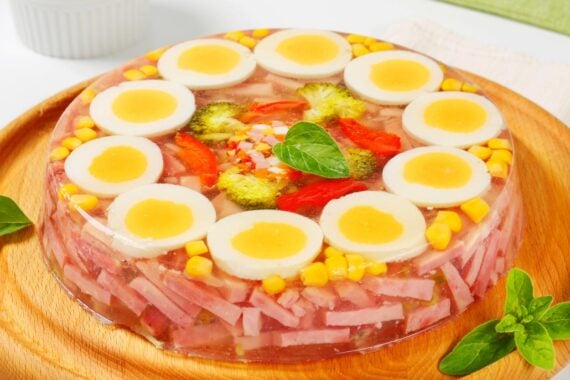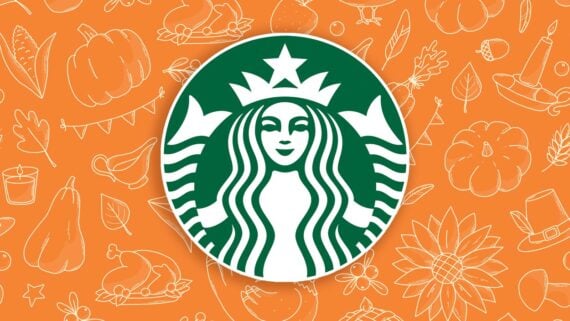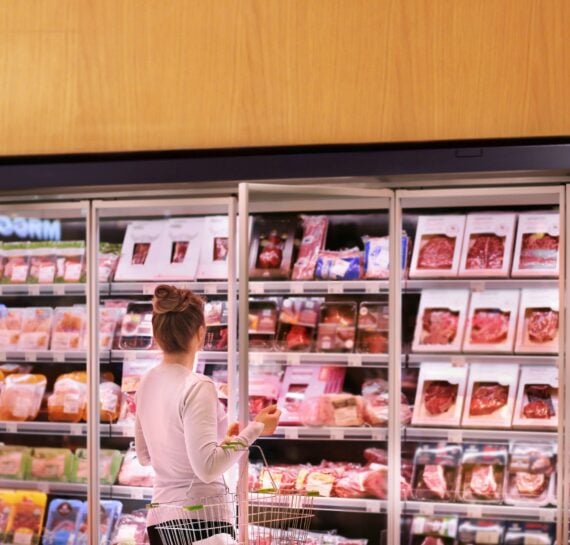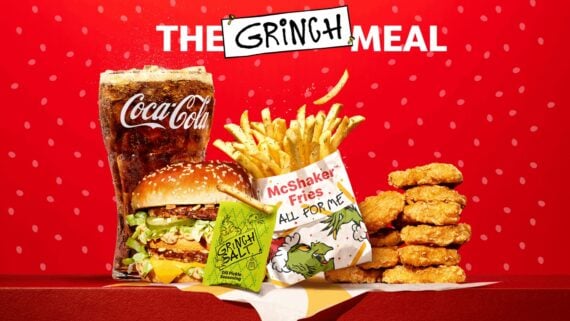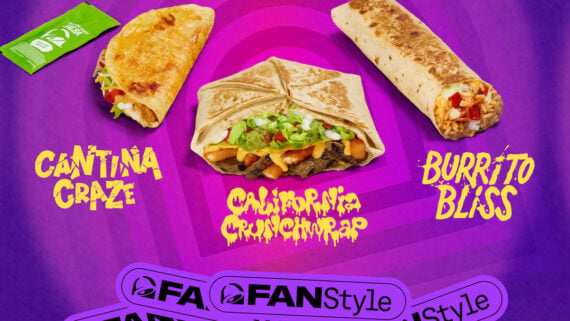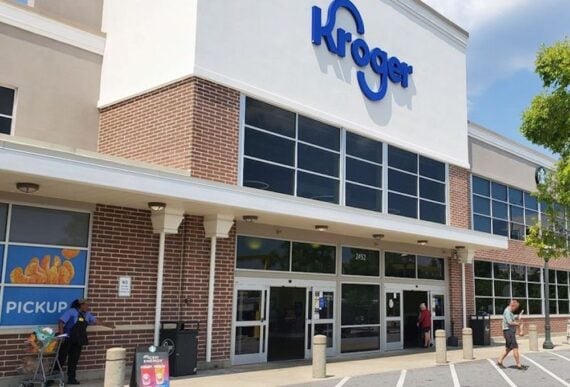Some foods age like wine. Others age like a can of SpaghettiOs left in a hot car. These dishes once ruled school cafeterias, potlucks, and TV trays — but today, they are considered outdated, followed by “what the heck were we thinking?”
Here are 10 foods we used to eat like it was normal.
Franks and Beans
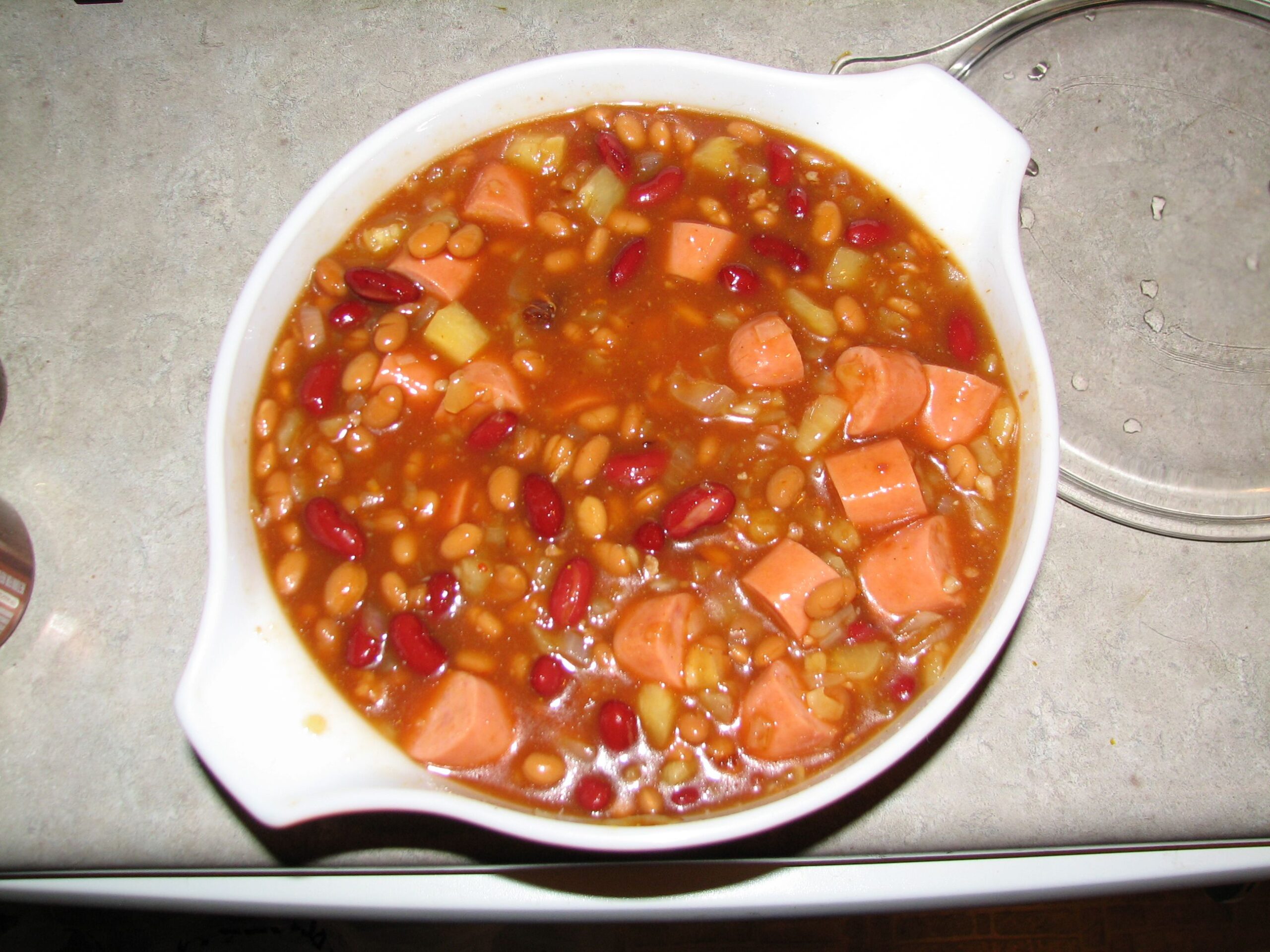
A hit during wartime and peak popularity in the ’60s and ’70s, it was the dinner of working-class households and camping trips everywhere. But once health trends called out sodium levels and processed meats, franks and beans became shorthand for “I forgot to go grocery shopping.”
TV Dinners
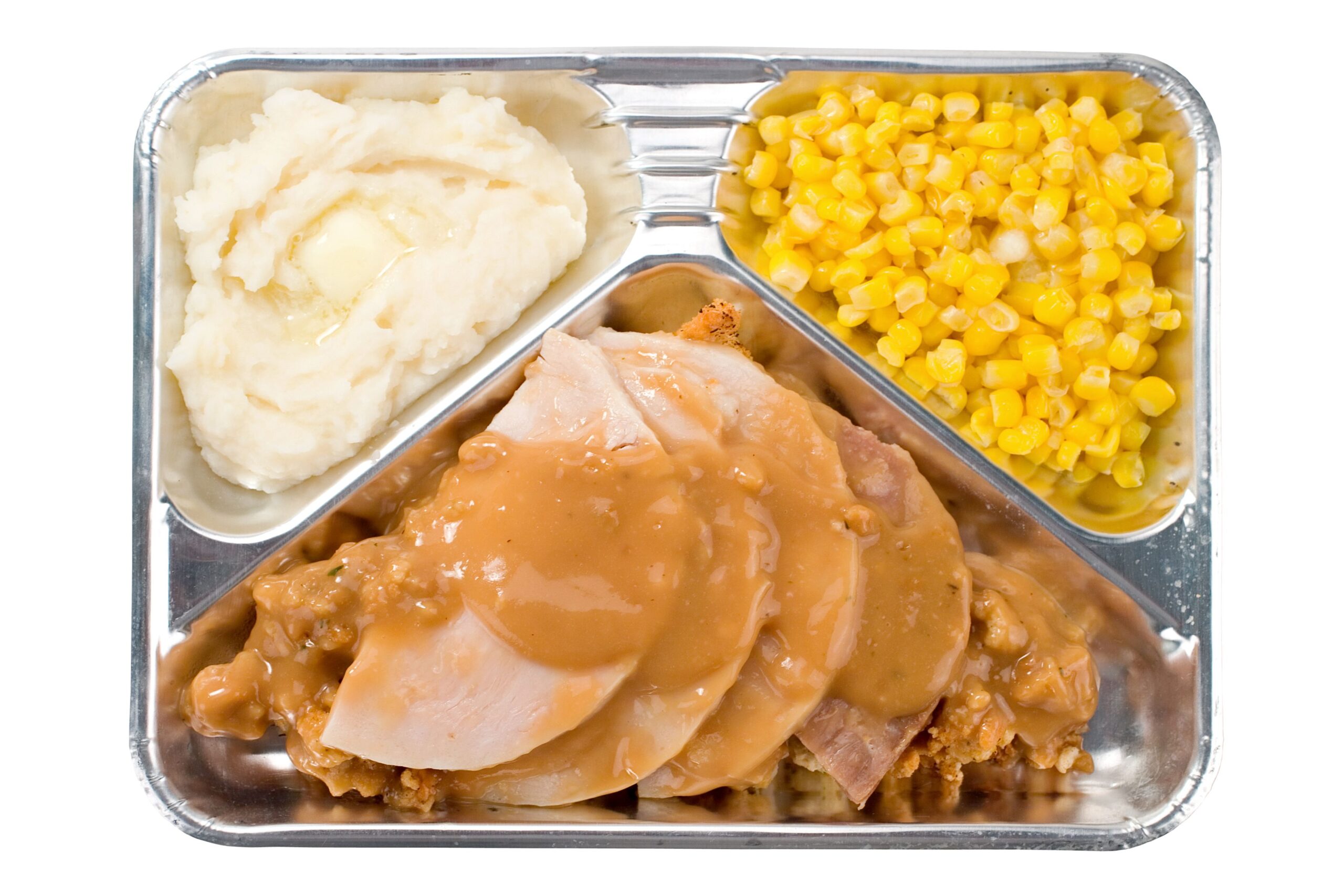
TV dinners were invented in 1953 after Swanson had 260 tons of leftover Thanksgiving turkey and needed a way to get rid of it. The packaging looked like airplane trays, and the idea of eating a full hot meal while watching “The Ed Sullivan Show” felt modern. Meatloaf, mashed potatoes, peas — all baked in a foil tray while you watched “I Love Lucy.”
By the ‘80s, brands like Banquet and Stouffer’s joined the party. But then came microwaves, then came frozen burritos, then came Uber Eats. The long oven bake and soggy dessert compartment couldn’t keep up.
Savory Aspic (Gelatin Molds)

Mid-century America loved a good “salad” that wobbled. With instant gelatin, cookbooks and magazines pushed molded rings studded with olives, tuna, and whatever else needed hiding, and they became party-table centerpieces from the 1940s through the ’60s.
By the 1980s, changing tastes and nutrition trends sent savory gel dishes packing. Today, they survive mostly as kitsch at church potlucks and in vintage cookbooks, not on weeknight menus.
Olive Loaf

Imagine Bologna had a midlife crisis and added green olives just to stand out. That’s olive loaf. A cold-cut oddity popular in the mid-20th century, it made its way into lunchboxes and grocery store deli counters. Brands like Oscar Mayer leaned in, offering pre-sliced versions wrapped in plastic.
It faded quickly once Americans started paying attention to what’s actually in their lunch meat.
Chicken à la King

This creamy concoction of chicken, mushrooms, and green peppers in white sauce probably dates back to the 1890s — created at Delmonico’s in NYC, depending on which food historian you ask. It hit peak popularity in the 1950s and ‘60s as a go-to banquet or buffet item. It was easy to batch-cook, and it had a fancy-sounding name — and you could also find it in frozen dinner form. However, with the declining popularity of recipes featuring cream of mushroom soup, Chicken à la King simply became too outdated for the modern palate.
Trending on Cheapism
Sloppy Joes

Born sometime in the 1930s — likely in Sioux City, Iowa, thanks to a cook named Joe — this loose meat sandwich hit its stride mid-century as a weeknight dinner savior. It was cheap, filling, and gloriously messy.
The launch of Manwich sauce in 1969 gave it mass-market momentum, turning ground beef and tomato goop into a pantry staple. However, food trends shifted toward lean proteins and meals that didn’t require a bib, and Sloppy Joes started to feel more like a nuisance than a dinner option.
Tang
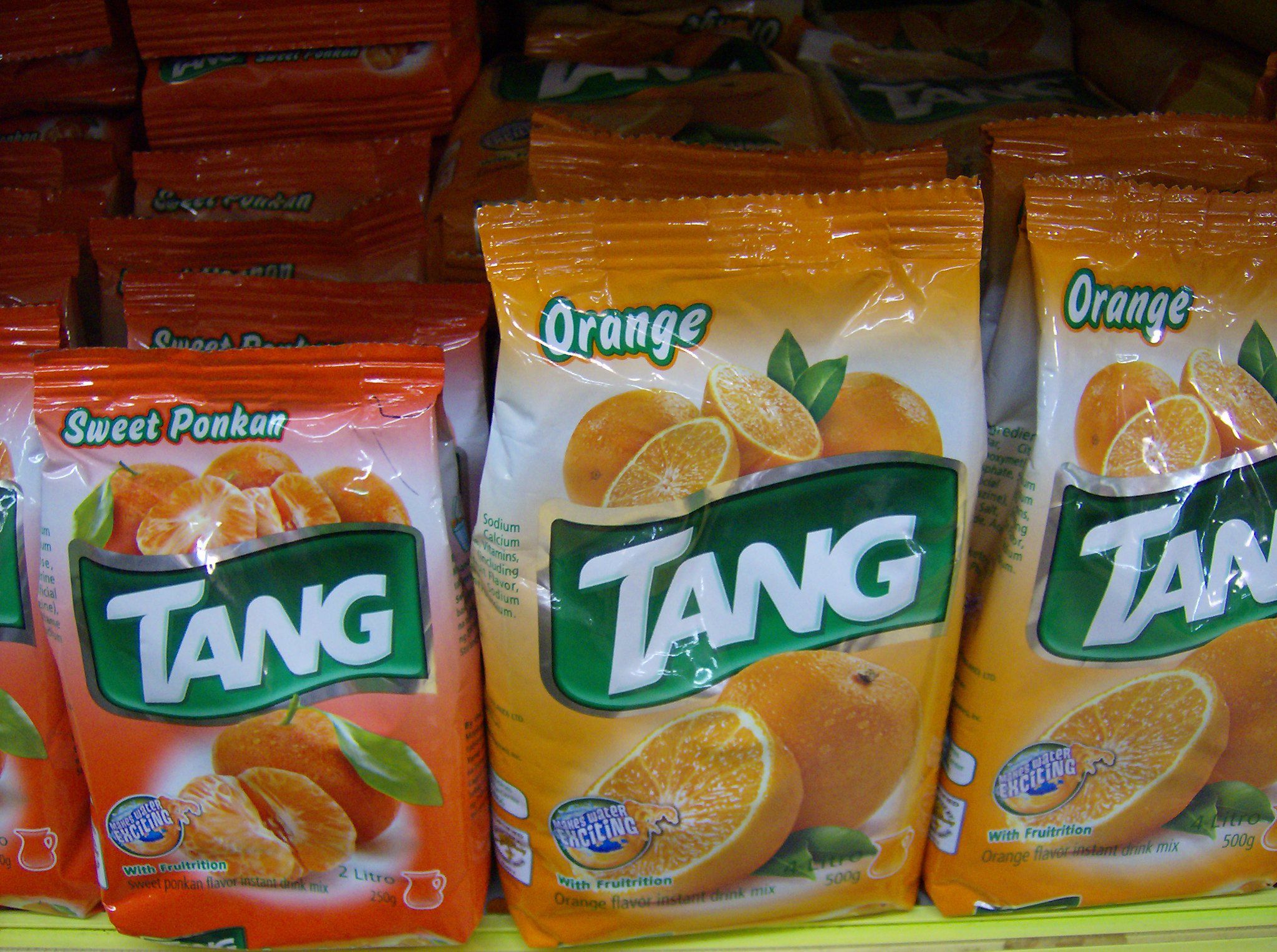
Launched by General Foods in 1957, Tang got its big break when NASA sent it into orbit with John Glenn in 1962. That space-age glow made it the coolest drink on Earth for a hot second. Parents loved it because it had “vitamin C,” and kids liked it because it turned the water a radioactive shade of orange. However, the charm faded, and by the 1990s, Tang had become a punchline.
It still exists, mostly abroad, but it’s long been booted from American breakfast tables in favor of green juices and overpriced smoothies.
Watergate Salad
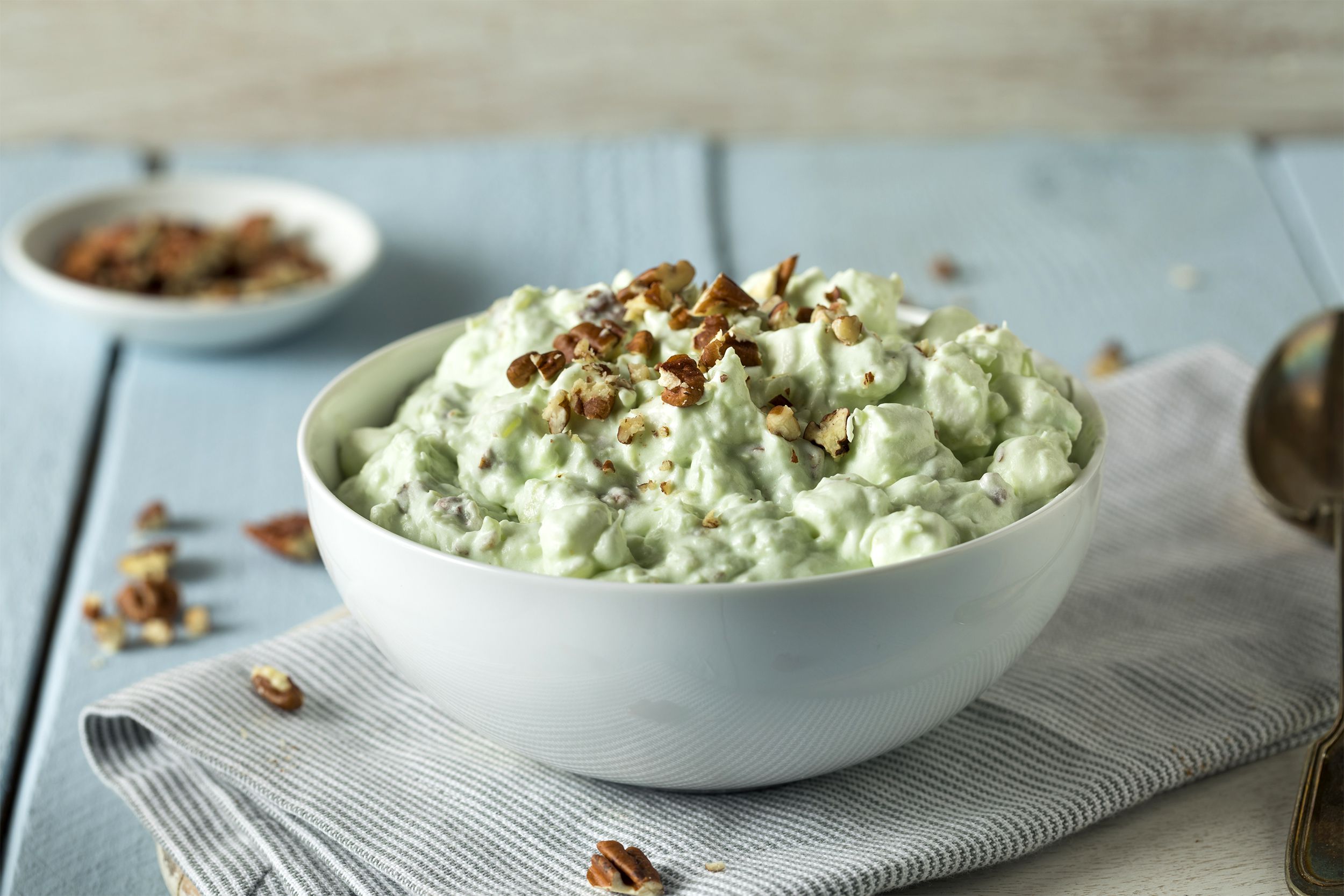
The neon-green “salad” showed up in the mid-1970s, right around the same time as the Watergate scandal — though no one really knows if the name was a joke, a coincidence, or brilliant PR. It is made with pistachio pudding mix (launched by Kraft in 1975), canned pineapple, mini marshmallows, and Cool Whip.
It’s sweet, cold, and fluffy, and has become a staple at church potlucks and family barbecues across the Midwest. But eventually, it faded, maybe because people realized that salad usually comes with vegetables instead of marshmallows.
Sign up for our newsletter
Canned Spaghetti (and Other Canned Pasta)
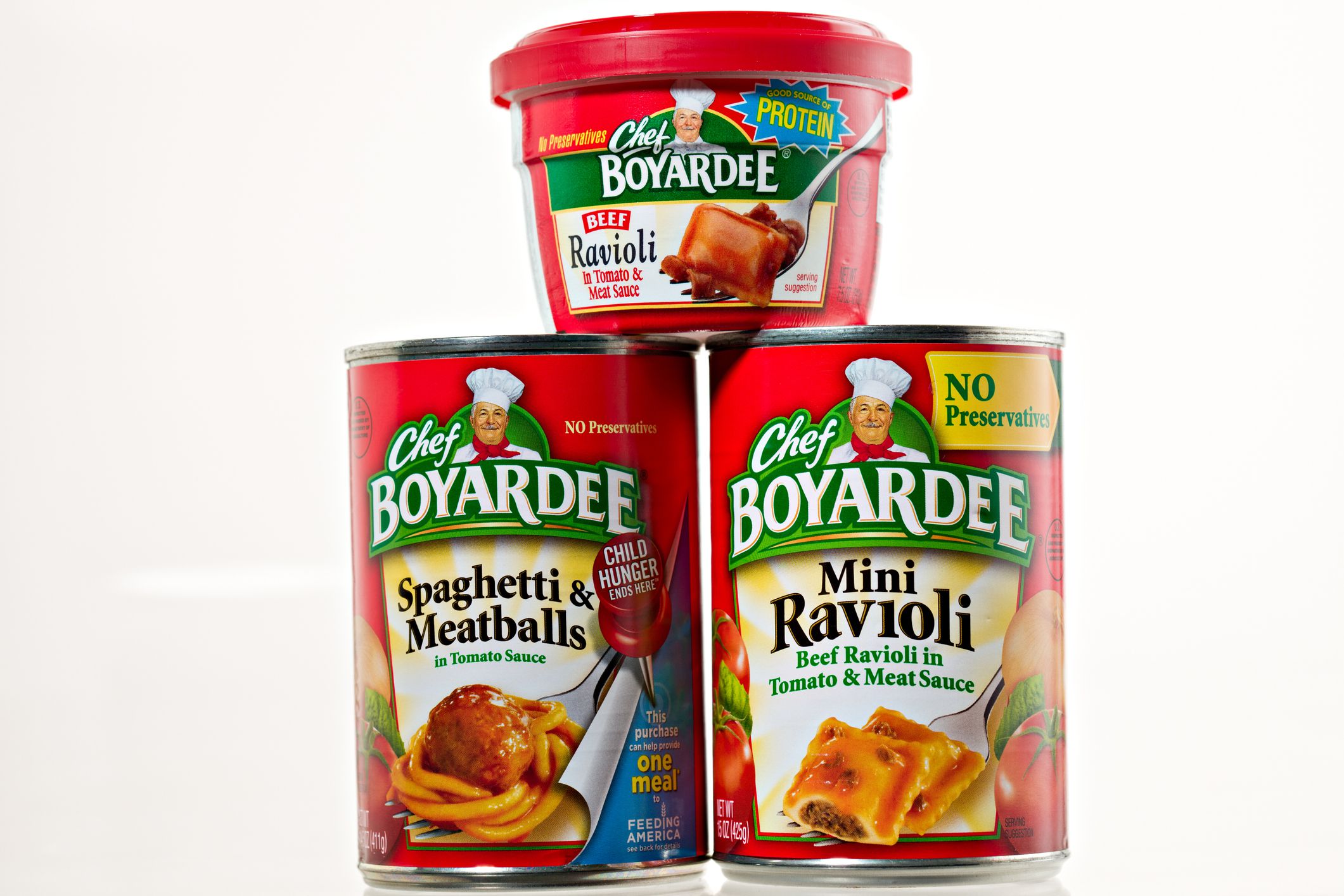
Chef Boyardee built a canned pasta empire during WWII, feeding American troops with shelf-stable ravioli. After the war, that same industrial food pipeline fed suburban families looking for quick meals. SpaghettiOs debuted in 1965 and became iconic almost overnight. Then people realized cooking pasta isn’t quantum physics — and it tastes way better than soggy noodles floating in orange soup.
Chicken Kiev

Chicken Kiev became a fixture on ’70s and ’80s restaurant menus and freezer aisles, especially with famous brands like Barber Foods pushing the frozen version. Its supposed Russian roots gave it an “exotic” vibe back then, though Ukraine later reclaimed its origin.
It’s a breaded, deep-fried chicken breast stuffed with garlic herb butter that spurts like lava when you cut it. Today, it’s rare — too labor-intensive to make at home and too retro for restaurants that now serve “buttermilk confit.”
Canned Soup as Dinner
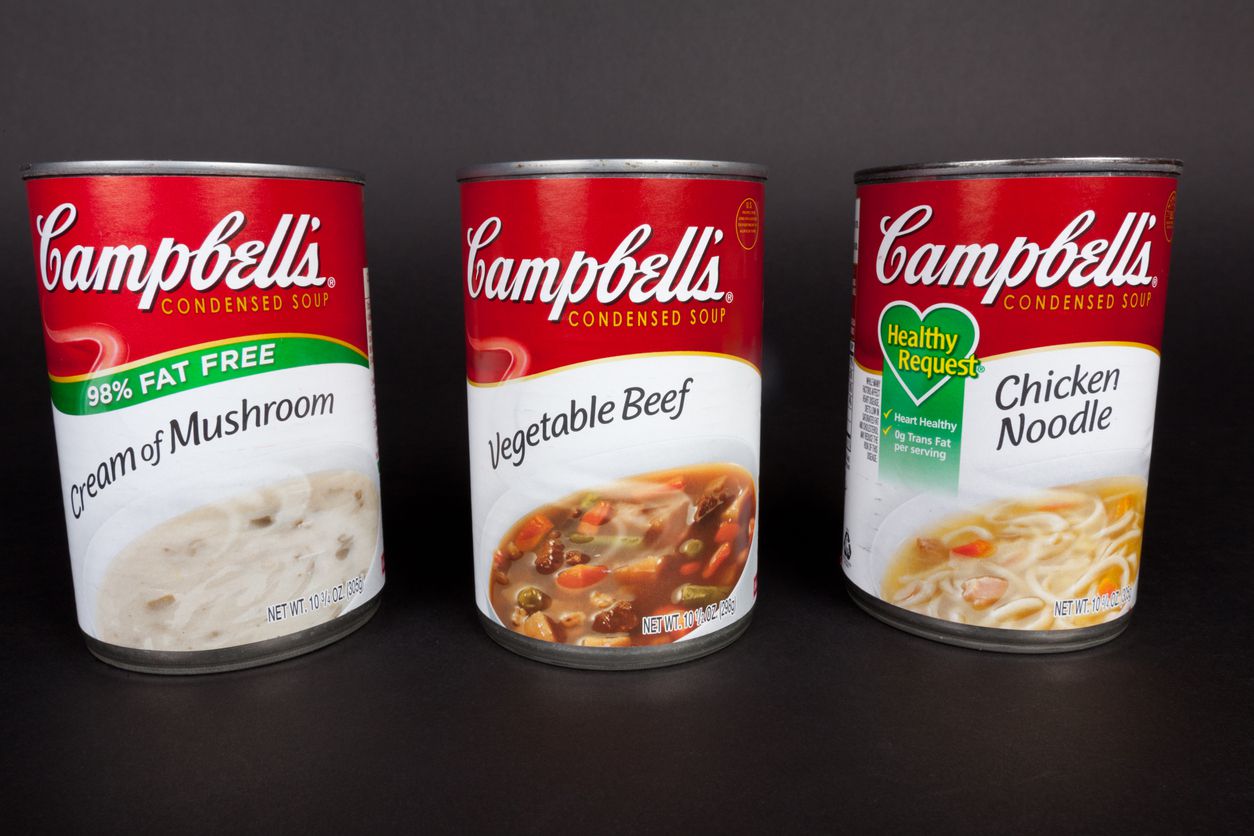
Campbell’s, Progresso, and even bargain-bin brands like Great Value ruled the pantry for decades. Tomato, split pea, beef barley — if it fit in a can, it counted as a meal. Cream of mushroom soup even became the backbone of 5,000 different casseroles. But as frozen meals, instant ramen, and meal delivery apps took off, canned soup lost its steam.
It’s still around, but using it as your whole dinner feels like admitting you’ve given up on life and your taste buds.
More retro food stories
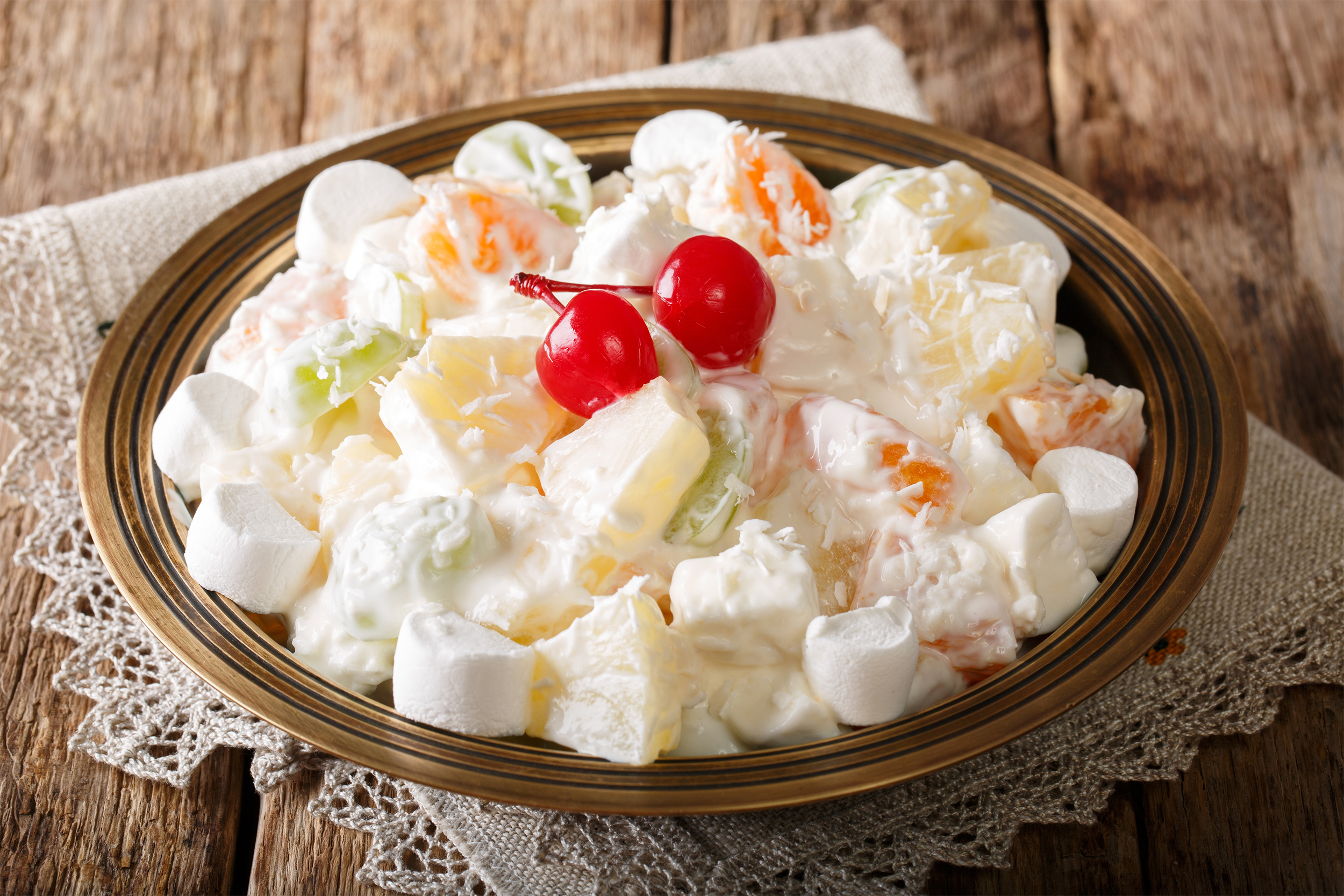
- 20 Retro Foods Only Boomers Still Eat — From liver and onions to aspic, the classics are hanging on.
- 24 Discontinued ’70s and ’80s Foods We’ll Never Stop Craving — The throwbacks fans still beg to revive.
- 17 Discontinued Canned Foods and Drinks That Fans Still Miss — Pantries past, from Pepper Pot to Pac-Man pasta.
